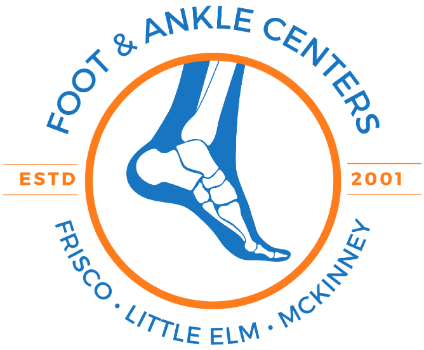Gout
Of the more than 8 million Americans with gout, the vast majority experience painful and disabling attacks that originate from their main big toe joint. Our skilled podiatrist at Foot & Ankle Centers of Frisco, Little Elm, & McKinney is the best choice to help you prevent and reduce your gout attacks. Our team of expert podiatrists can help you manage and relieve your gout pain.


How Do You Treat Gout?
Our podiatrist at Foot & Ankle Centers of Frisco & Plano will design a personalized gout treatment and management plan for you to reduce the frequency and intensity of your gout attacks. This may involve medications, lifestyle changes, and possibly surgery.
Possible Medications
- Non-steroidal anti-inflammatory drugs (NSAIDs): These medications can reduce inflammation, pain, and swelling.
- Corticosteroids: These drugs can reduce inflammation and pain.
- Colchicine: This medication can reduce inflammation and prevent gout attacks.
- Allopurinol: This medication can lower uric acid levels
Some medications, like aspirin and thiazide diuretics, can increase uric acid levels and that may contribute to gout development. So, in some cases, medication changes can help. But you should never make medication changes without consulting your doctor.
Lifestyle Changes
- Limit the consumption of foods high in purines, such as red meats, organ meats, seafood, and alcohol.
- Increase your intake of water and other fluids.
- Exercise regularly to improve circulation and help reduce inflammation.
- Immobilization of the foot with a walking cast or crutches
Surgery
- Tophi Removal: Surgery to drain the painful gout deposits of uric acid crystals that cause swollen nodules around the joints and tissues
- Arthroscopic gout removal: Removes uric acid from the joints
- Rare cases may require the removal of inflamed tissue or joint surgeries
- Joint fusion surgery: A procedure that fuses smaller joints to improve their stability and alleviate pain.
- Joint replacement surgery: A procedure that involves replacing a diseased joint with an artificial joint.
